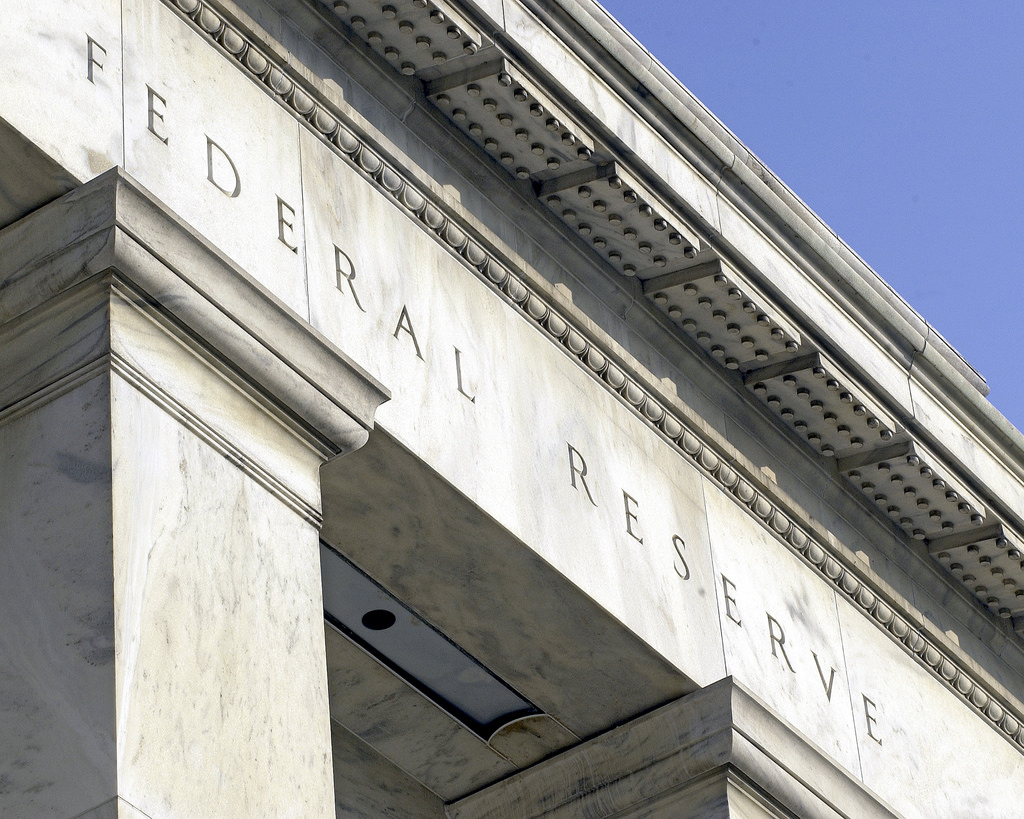Monex Europe: Fed takes next cautious step in the path to cuts
Monex Europe: Fed takes next cautious step in the path to cuts

The Federal Reserve today held rates in the target range of 5.25-5.5% for the fourth consecutive meeting in a decision that was unanimously expected.
For this reason, but with inflation converging back to the 2% target on a sustained basis, the focus for markets was on whether the central bank would remove its outdated hiking bias and begin to communicate that rate cuts were edging closer.
This occurred, but arguably in a more conservative manner than markets were anticipating as language around the next policy move remained two-sided in nature. The amendment saw the sentence on the extent to which 'additional policy firming may be appropriate' replaced with language stating 'any adjustments to the target range' will consider the incoming data.
While semantic, the change in language gives the Fed full optionality on the calibration of policy. This includes a faster easing cycle than initially projected, a more elongated hold than markets are pricing, and in an unexpected event, a further hike.
In addition to adjusting its policy bias to a more neutral stance, the rate statement also provided pushback to the view that a rate cut should be imminent given six-month annualised core PCE has tracked below 2% for two months now, with the Committee not expecting it to 'be appropriate to reduce the target range until it has gained greater confidence that inflation is moving sustainably toward 2 percent.'
Powell also provided a counterargument in his press conference, noting that the majority of the disinflation in the 6-month core number was determined by core goods, which should eventually mean revert.
All told, our read on the adjustments to the policy statement are that the Fed isn’t yet comfortable in endorsing the markets firm view that it will conduct an aggressive easing cycle this year, perhaps commencing as soon as March. This is in line with Powell’s statement that a March rate cut is unlikely, and Waller’s intermeeting comments that the rate cuts won’t be as 'rushed' as in the past.
As mentioned, Chair Powell today outlined that the Fed is unlikely to cut rates as soon as March, stating that it isn’t their 'base case'. While this provided the outright pushback on market pricing that we were expecting, it didn’t necessarily induce a significant revision in the market-implied path for Fed easing in 2024 beyond the March meeting.
This is because Powell’s general tone seemed to suggest that while the Fed needs to become more confident that inflation is converging back to target to commence its easing cycle, it is likely that the policy stance is brought back towards neutral levels at a rapid pace should the data continue along its current trajectory.
The lack of adjustment in the overall path for the Fed this year limited how much the dollar could firm across the board this evening and has left the dollar DXY index just under a percent below our month-end target.
With the first Fed decision of the year in the rearview mirror, the focus now moves onto Friday’s jobs data, which has gained more significance of late given labour demand indicators remain elevated and Powell’s comment that any sudden weakness could prompt the Fed to begin easing earlier.







